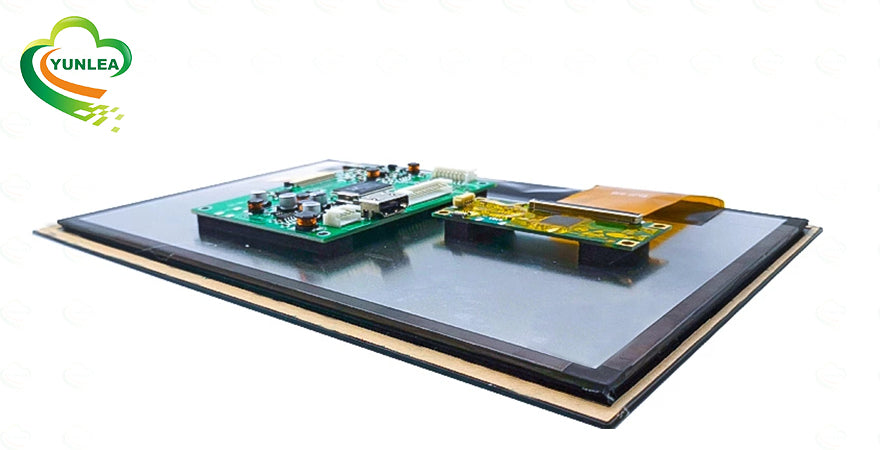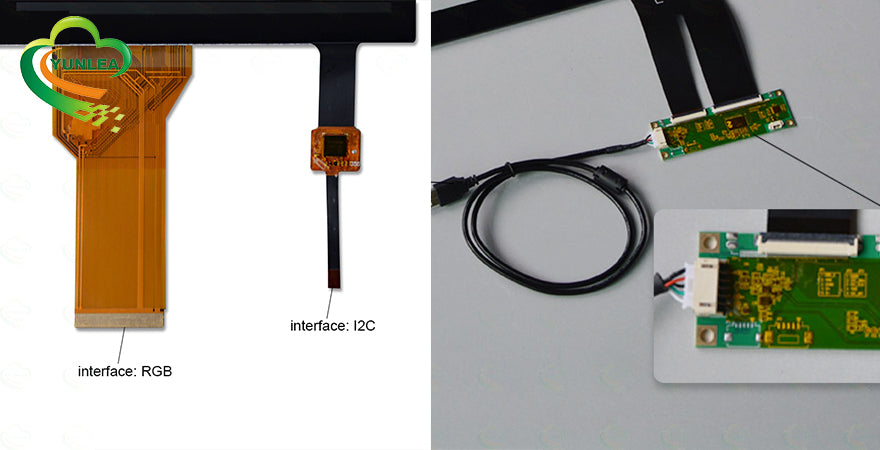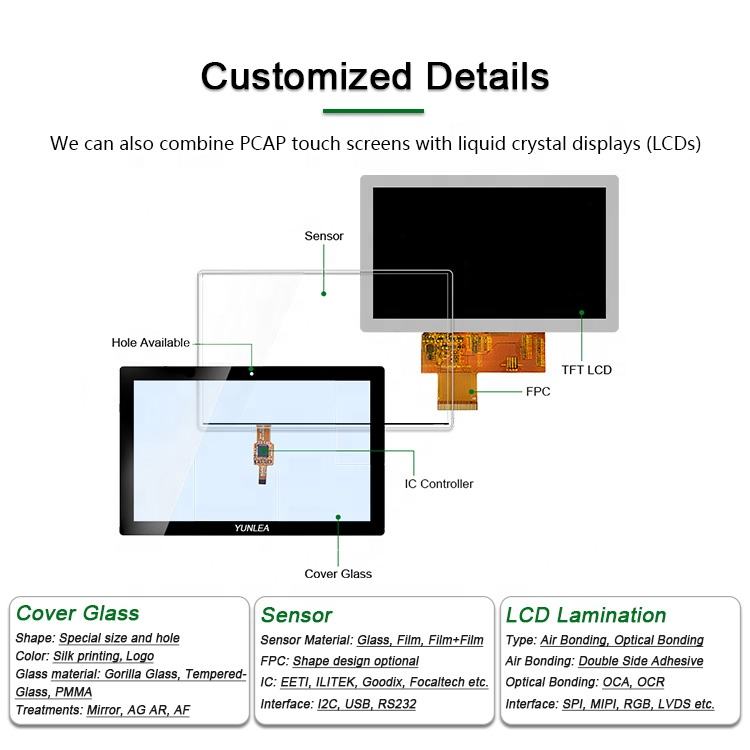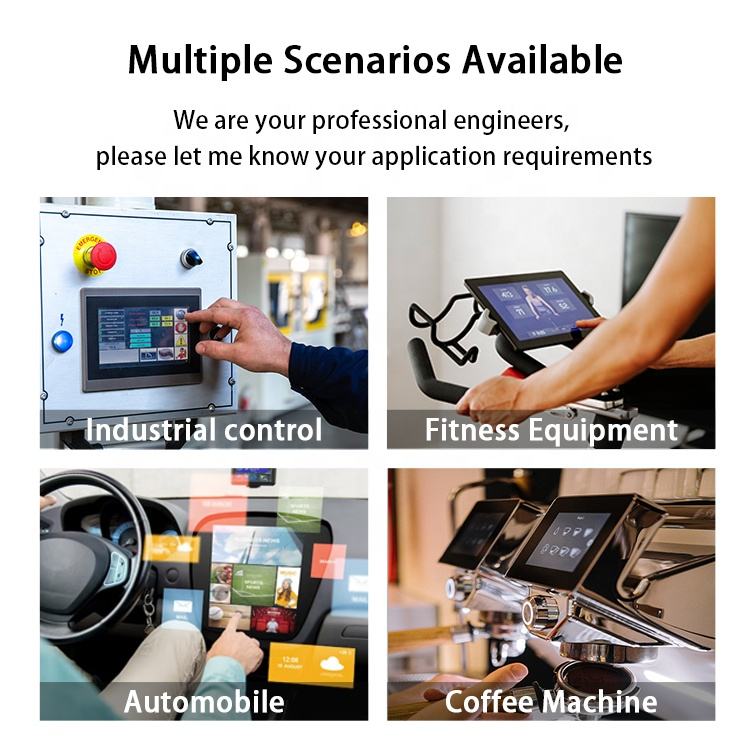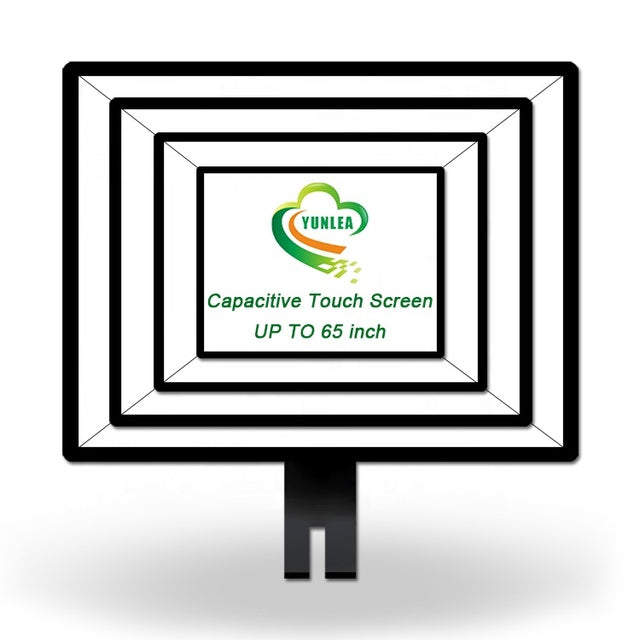The Evolution of Touchscreen Technology: Hover Touch vs. Finger Touch & Future Innovations
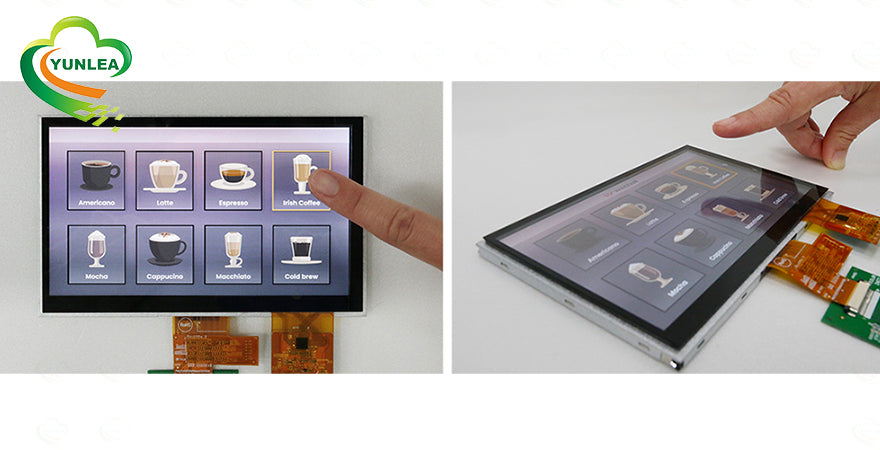
Touchscreen technology has transformed how we interact with digital devices, from smartphones and tablets to industrial control systems and self-service kiosks. Over time, innovations like finger touch and hover touch have expanded user interaction, making devices more intuitive and versatile. This article explores the key differences between these technologies, their real-world applications, and what the future holds for touchscreen innovation.
What is Finger Touch?
Finger touch is the most widely used touchscreen interaction method, requiring direct physical contact between the user's finger and the screen. This method relies on capacitive or resistive touch technology to detect touch input, enabling actions like tapping, swiping, pinching, and zooming.
Key Features of Finger Touch:
✔ Direct Contact Interaction – Users must physically touch the screen for input.
✔ High Precision & Responsiveness – Supports multi-touch gestures for seamless control.
✔ Universal Application – Found in smartphones, tablets, kiosks, and industrial touchscreens.
Applications of Finger Touch:
Finger touch is the backbone of consumer electronics and commercial systems, powering:
📱 Smartphones & Tablets – Intuitive navigation and app interactions.
🛒 Point-of-Sale (POS) Systems – Quick and accurate checkout operations.
🔧 Industrial Control Panels – Ensuring smooth operation in factories and automation systems.
What is Hover Touch?
Hover touch, also known as proximity touch or air touch, enables interaction without physical contact. The device detects a finger or stylus hovering above the screen, allowing users to navigate, preview content, or interact without touching the surface.
Key Features of Hover Touch:
✔ Non-Contact Interaction – Reduces screen smudges, wear, and contamination risks.
✔ Enhanced User Experience – Enables previews, tooltips, and menu navigation with hover gestures.
✔ Advanced Sensitivity – Uses infrared or capacitive proximity sensors to detect movements.
Applications of Hover Touch:
Hover touch is ideal for specialized environments where direct contact is impractical:
🏥 Medical & Healthcare Devices – Prevent contamination in sterile environments.
🛍 Retail & Advertising Displays – Interactive digital signage for product previews.
🎨 Creative & Design Tools – Artists can preview brush strokes or menu options before selection.
Finger Touch vs. Hover Touch: A Side-by-Side Comparison
| Feature | Finger Touch | Hover Touch |
|---|---|---|
| Interaction Type | Physical contact | Contact-free, proximity-based |
| Precision | High accuracy for direct input | High for previews and gestures |
| Use Cases | Everyday devices (smartphones, tablets) | Specialized industries (medical, retail, design) |
| Durability | Prone to smudges and wear | Reduces screen damage and contamination |
| Complexity | Simple, widely adopted | Requires advanced sensors and AI integration |
The Future of Touchscreen Technology
Touchscreen technology is rapidly evolving, and the integration of hover touch and finger touch will define the next generation of user interaction. Some key innovations on the horizon include:
🔹 Hybrid Interaction – Devices will combine hover and finger touch, offering users greater flexibility in how they interact with screens.
🤖 AI-Powered Touchscreens – Artificial intelligence will predict user intent, providing smarter and more adaptive responses to touch gestures.
📱 Wearable & Flexible Screens – As foldable and rollable screens become mainstream, gesture-based hover touch will enable new ways to control devices.
💡 Haptic Feedback & Gesture Recognition – Touchscreens will incorporate haptic vibrations and motion-based controls, making interactions more immersive.
Conclusion
Both finger touch and hover touch play crucial roles in touchscreen innovation. While finger touch dominates consumer electronics, hover touch is gaining traction in medical, retail, and creative industries where contact-free interaction is essential.
As touchscreen technology advances, we can expect more seamless, intuitive, and intelligent interaction methods, bridging the gap between digital and physical experiences. With hover touch, AI-powered interfaces, and hybrid touch solutions, the future of touchscreen technology is set to revolutionize how we engage with smart devices.


